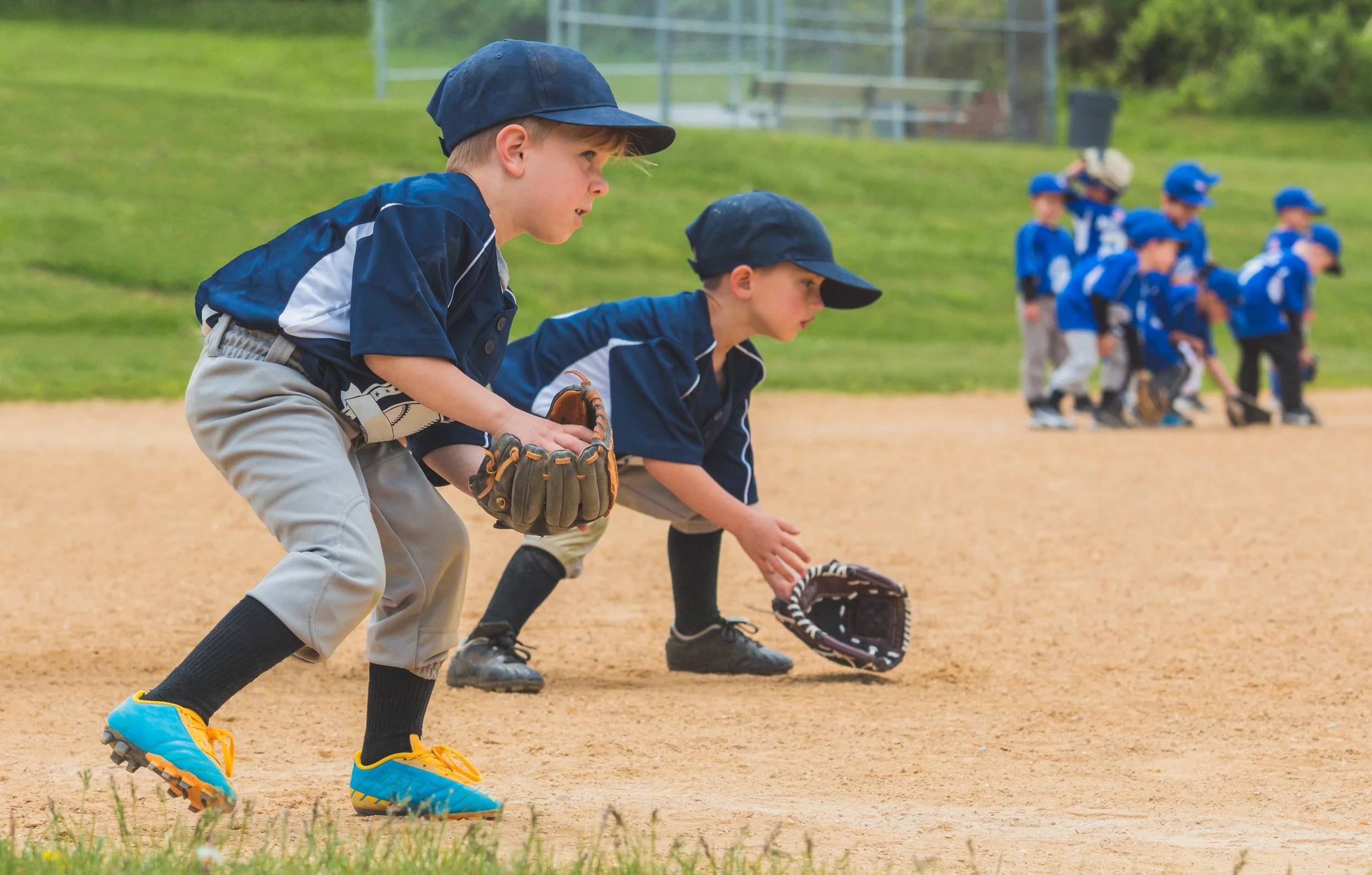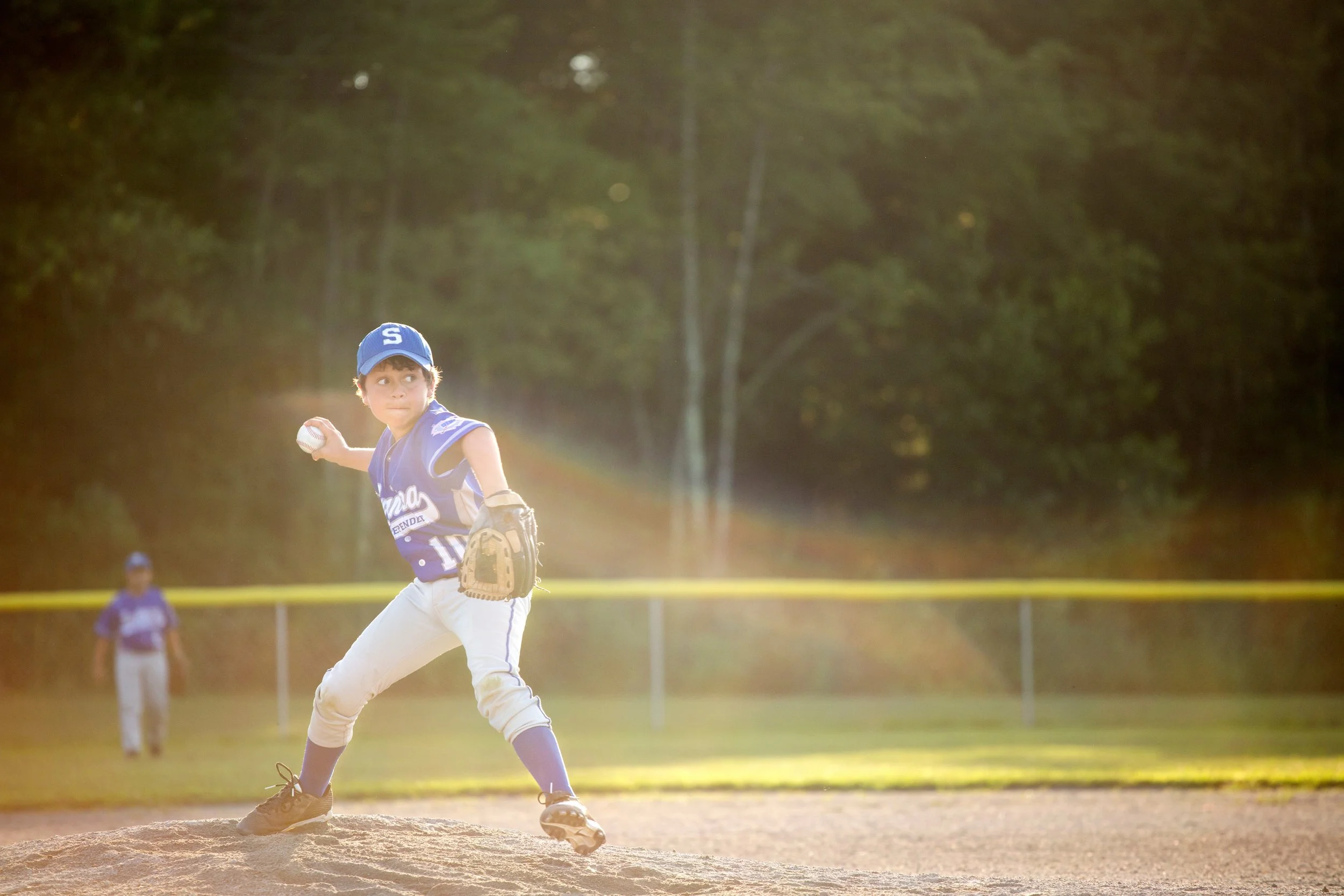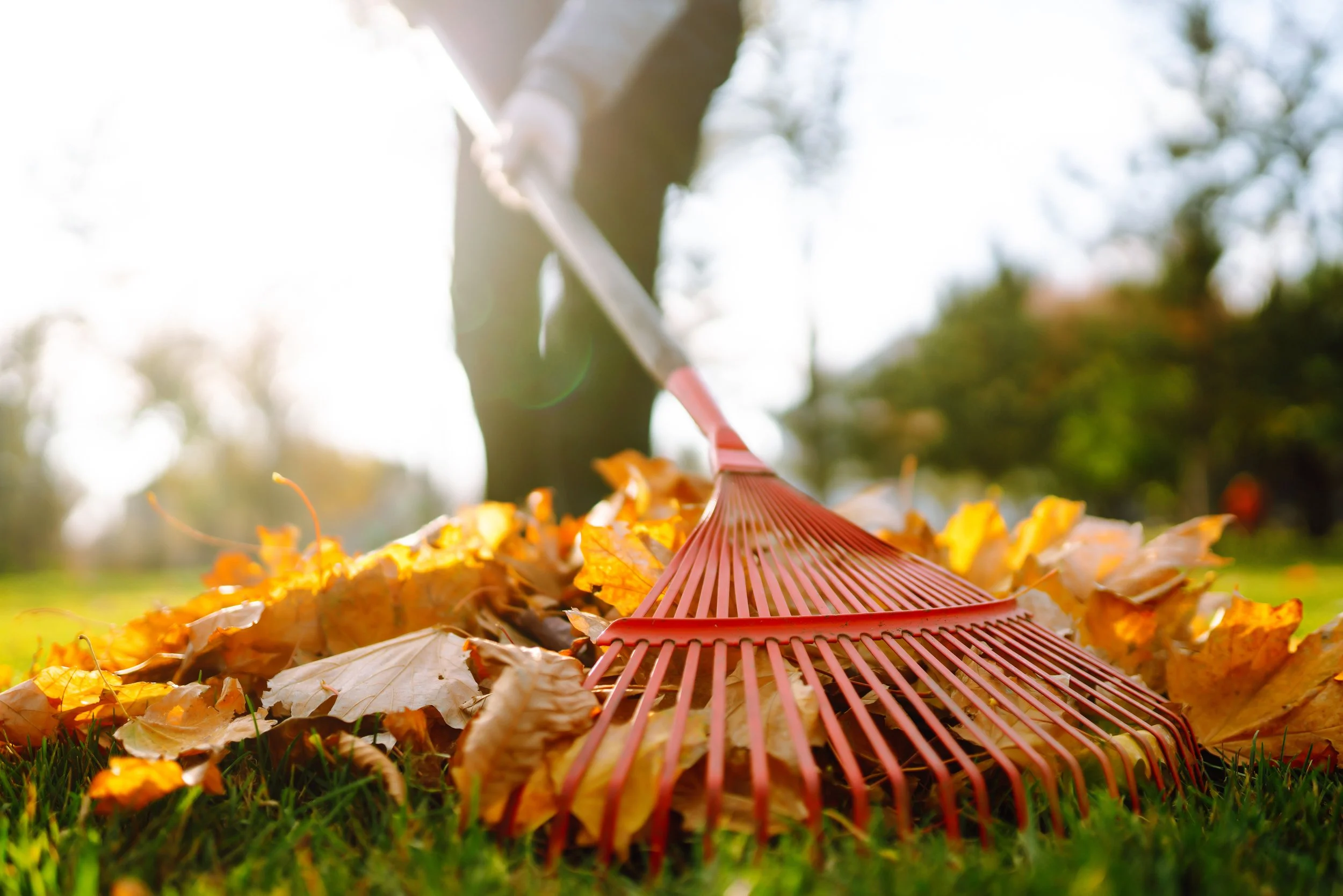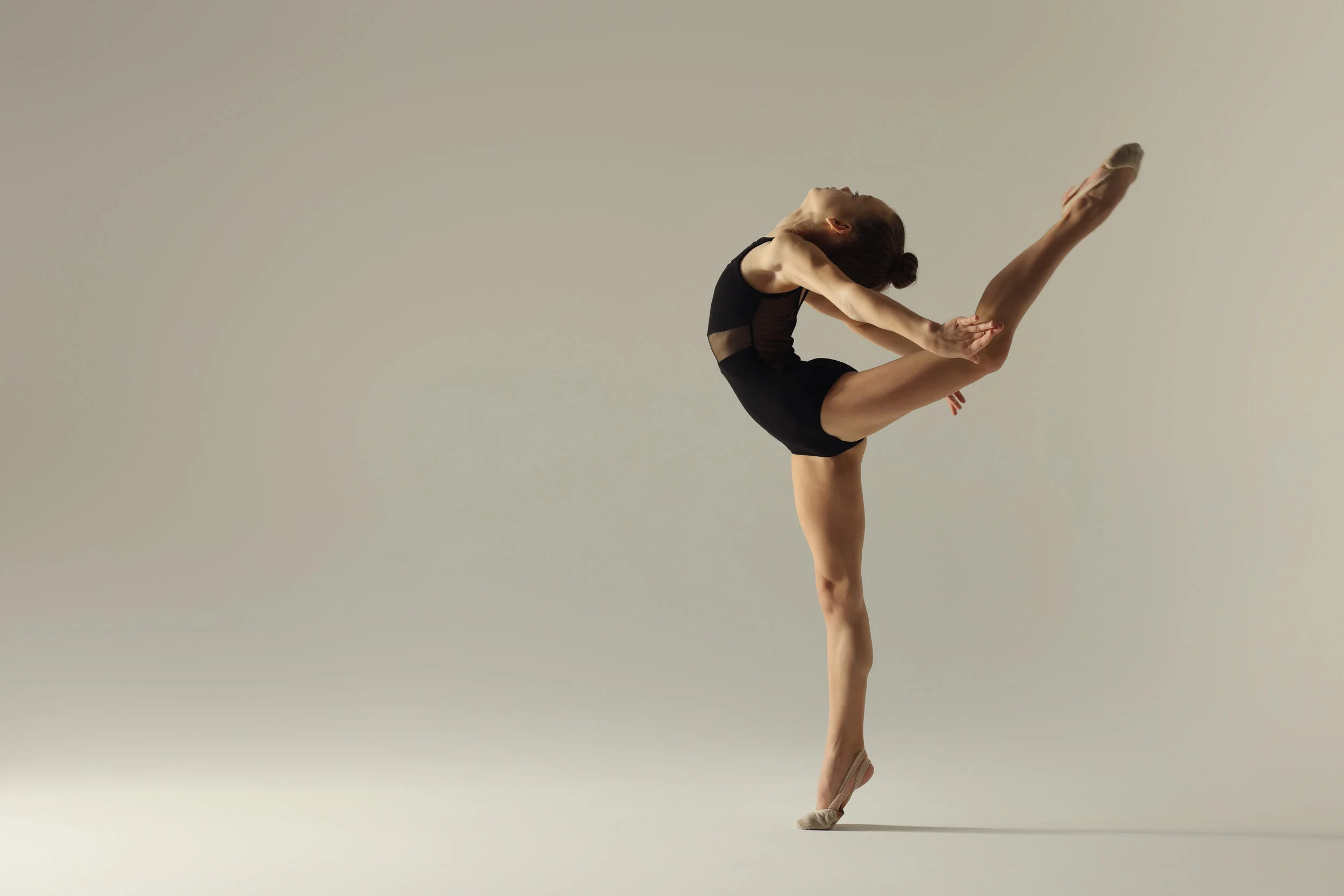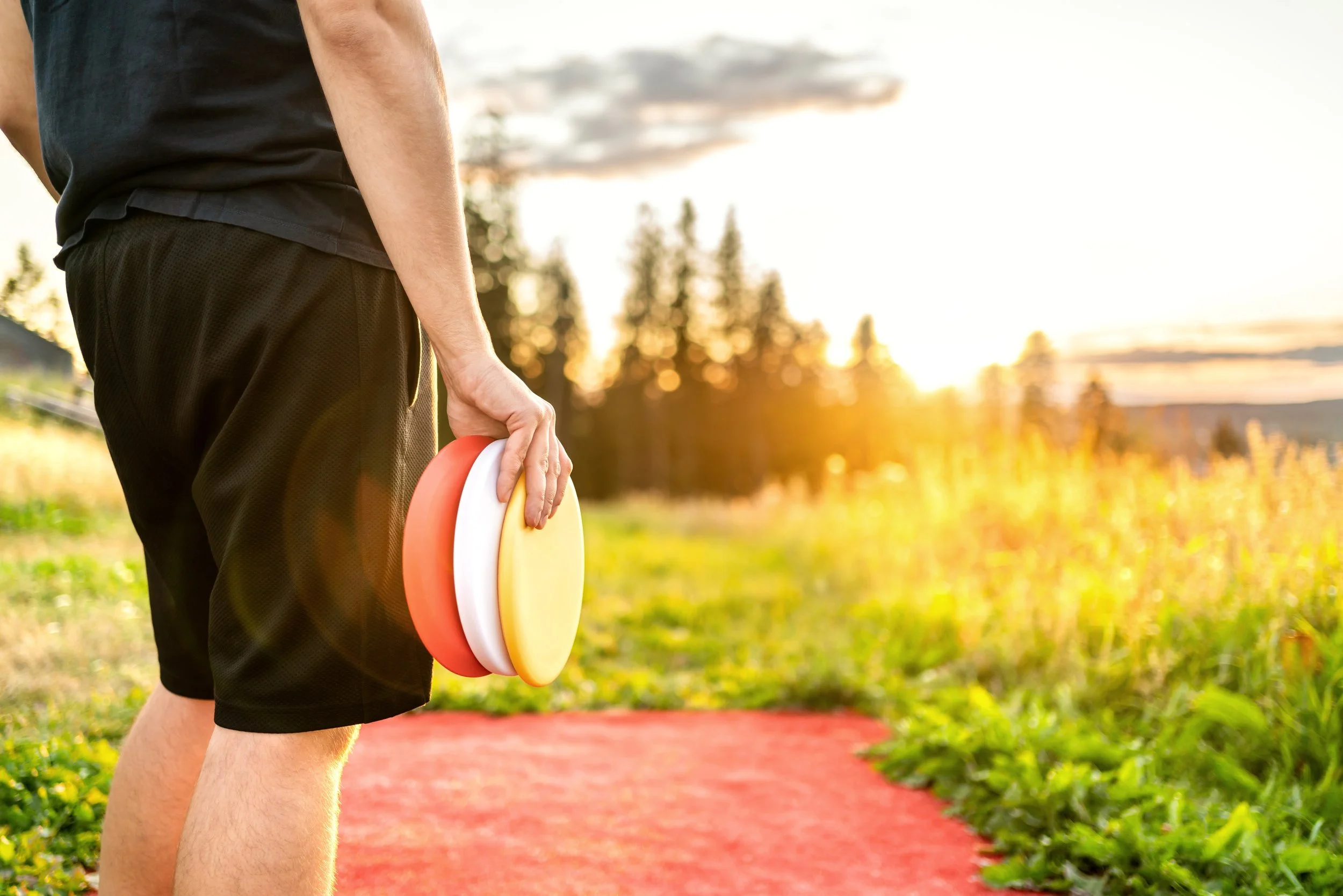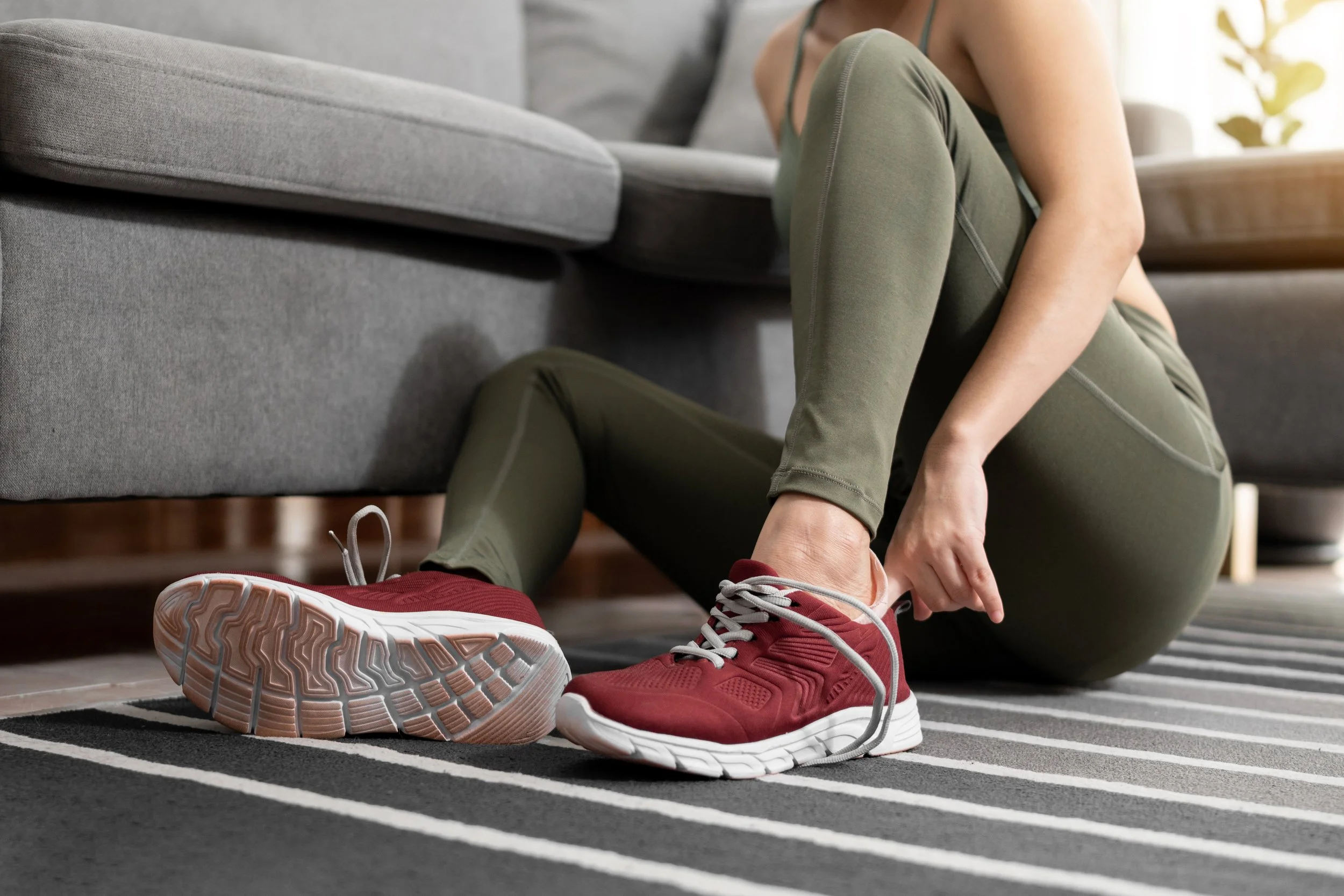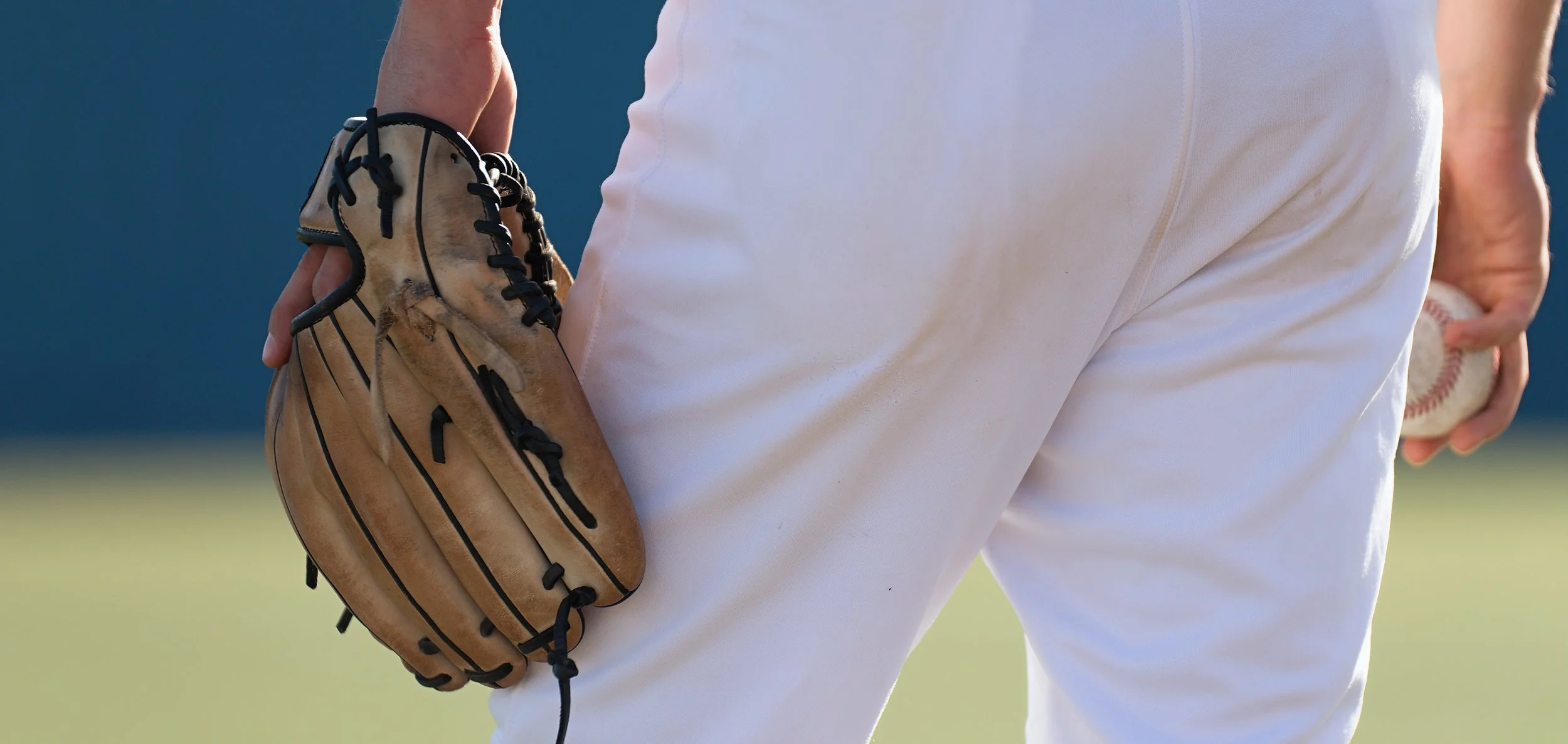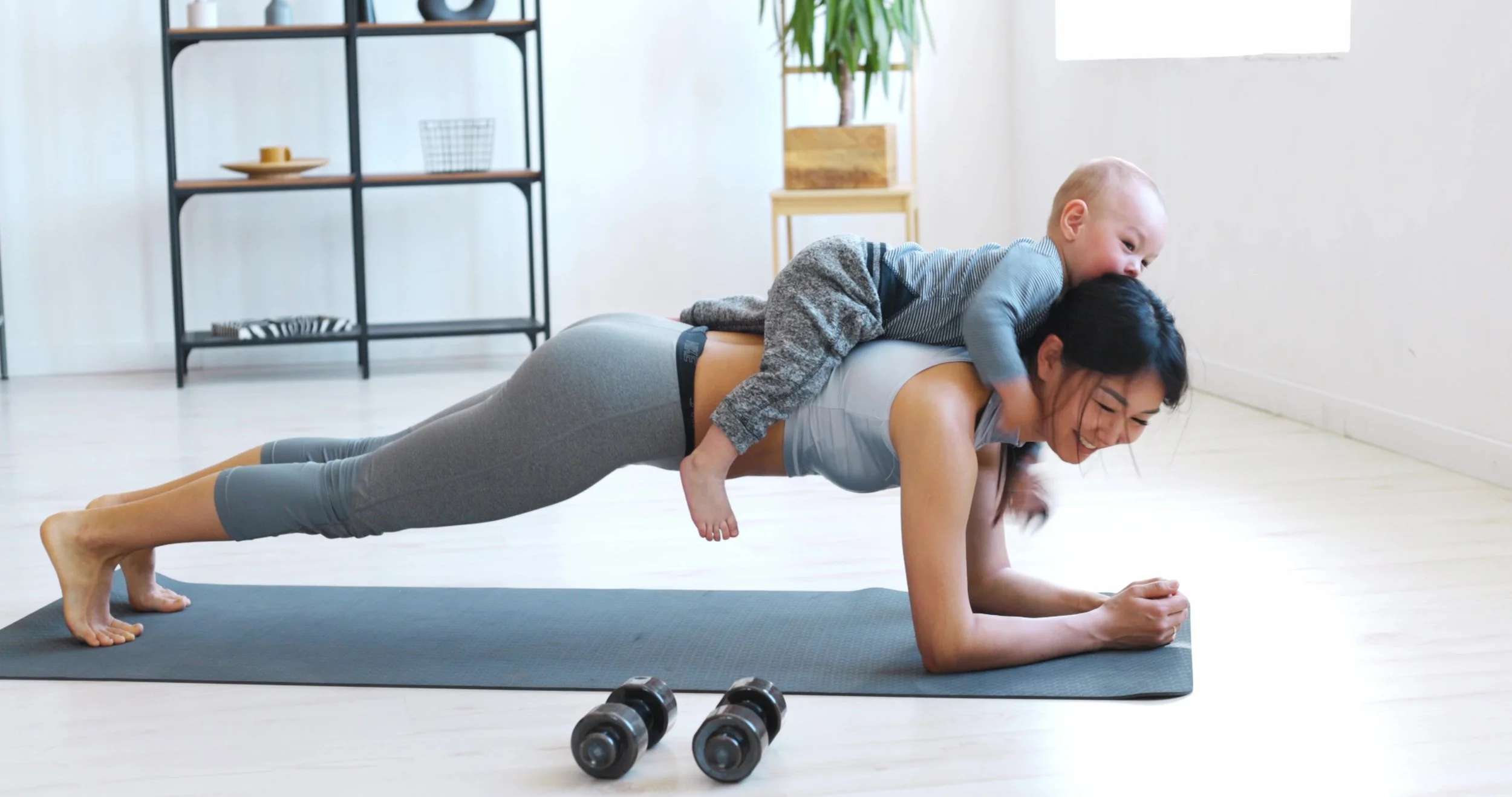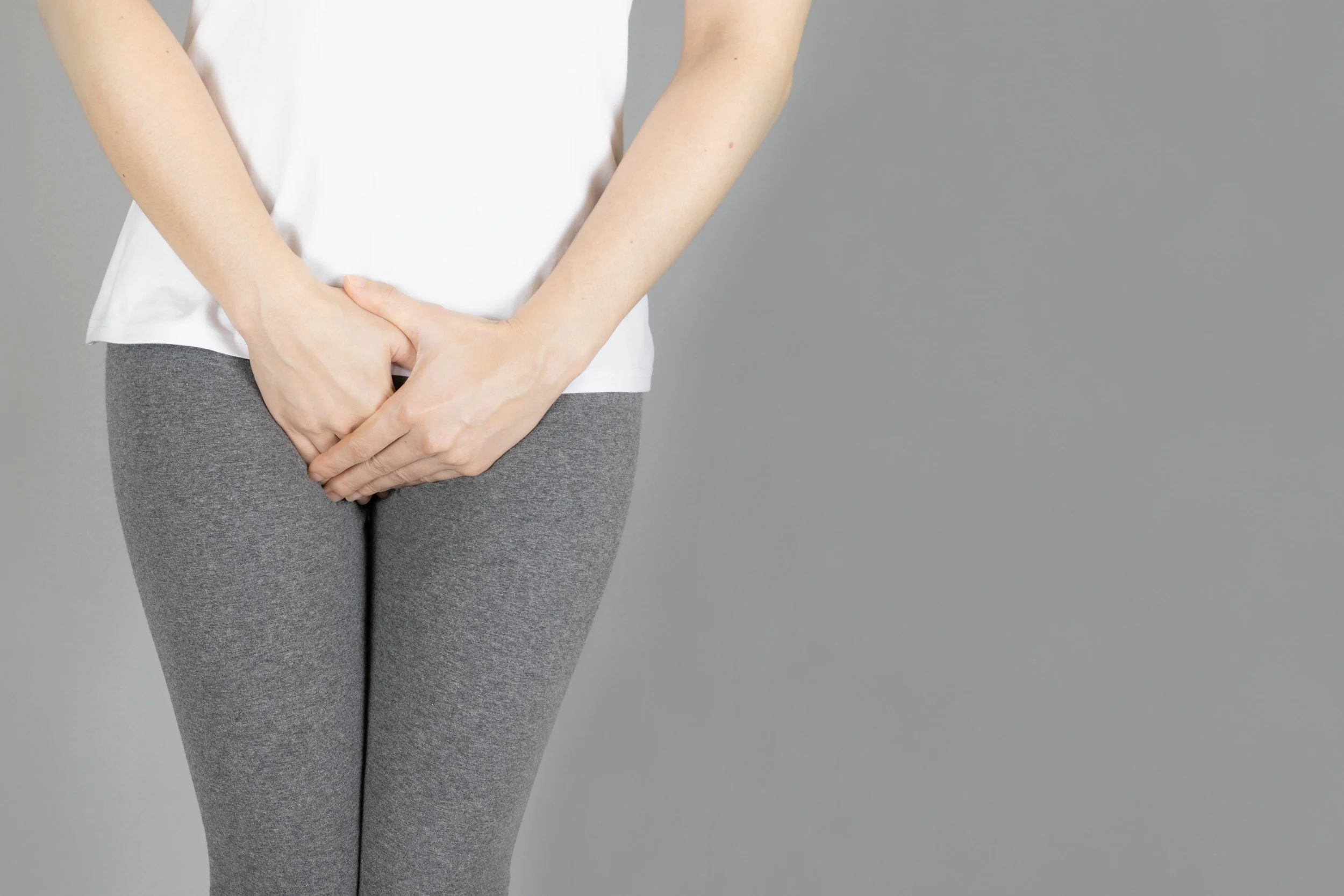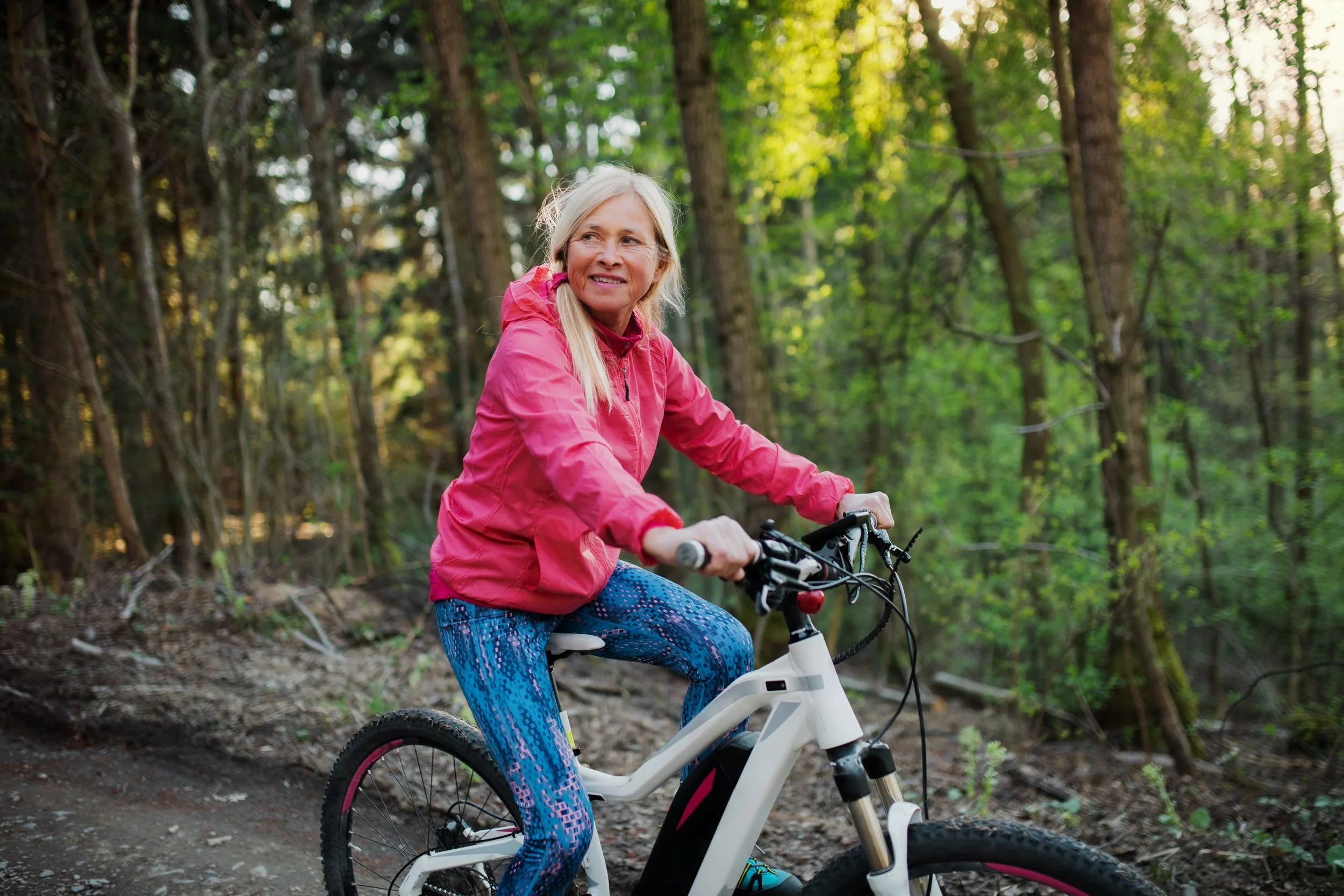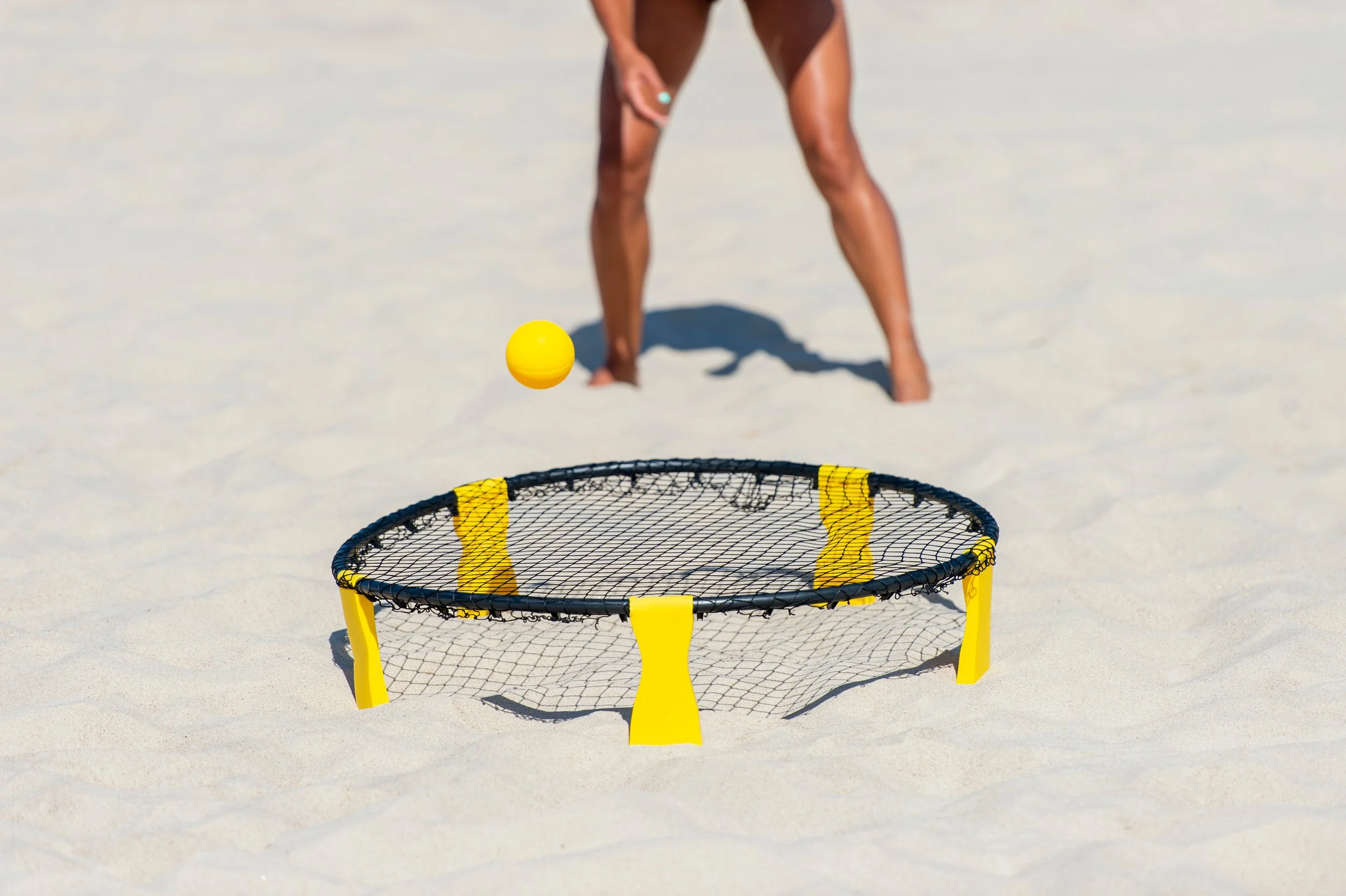Gymnastics is one of the most popular sports to watch in the summer Olympics. As a sport, it has been around since ancient times. It was introduced to the United States in the 1830's. There are now over 3,500 gymnastics clubs. Ten levels exist beginning with level 1. Competition begins in levels 2 and 3 at a very young age. The developmental levels range from 1-3, compulsary levels are 4 and 5 and then optional levels are 6-10, where the gymnast is no longer doing compulsary routines, according to Dr. Monique Burton, MD with Seattle Children's Hospital. Although there are seven different disciplines in gymnastics, artistic gymnastics is the form that is familiar to most people. The four events for females include uneven parallel bars, beam, vault and floor exercise. The events for males include floor exercise, pommel horse, still rings, vault and parallel bars.
Disc Golf
Disc golf is an up and coming sport that saw incredible growth through the pandemic. Disc golf is hailed for its accessibility, ease of understanding, and relaxed pace. It can be played alone or in a group. At its core, the goal of disc golf is to get a disc (AKA frisbee) into a basket in the fewest strokes possible. Many of the game’s rules are pulled from traditional golf.
Weighted Ball Training
Integrating weighted balls into a pitching routine can be an effective way to improve arm strength, velocity, and overall pitching performance. Here's a general guideline on how to incorporate weighted balls into your routine:
Consult with a professional: Before incorporating weighted balls into your routine, it's essential to consult with a pitching coach or a sports medicine professional who can assess your current abilities and provide guidance on the appropriate weight and progression for your specific needs.
Start with a warm-up: Begin your pitching routine with a thorough warm-up to prepare your muscles and joints for the increased stress of throwing weighted balls. Perform dynamic stretches, light cardio exercises, and arm-specific warm-up exercises to increase blood flow and flexibility.
Progress gradually: Begin with lighter weighted balls and gradually increase the weight over time. It's important not to start with weights that are too heavy, as this can lead to injury. A recommended progression might be to start with balls around 4-6 ounces and gradually increase to 8-10 ounces.
Focus on proper mechanics: Throughout your pitching routine, maintain proper pitching mechanics. The added weight of the balls may change the feel and timing of your delivery, so it's crucial to concentrate on maintaining a smooth and efficient motion. Work with a coach or use video analysis to ensure your mechanics are not compromised.
Incorporate specific drills: Use a variety of pitching drills that specifically target different aspects of your mechanics and arm strength. For example, you can incorporate long-toss drills with weighted balls to improve arm strength and distance, or use weighted balls during bullpen sessions to work on pitch command and velocity. However, ensure that you don't exclusively rely on weighted balls and include regular pitching with standard baseballs as well.
Pay attention to recovery: Pitching with weighted balls places increased stress on your arm and shoulder. Allow adequate time for recovery between sessions to avoid overuse injuries. Incorporate proper rest, stretching, and strengthening exercises for the shoulder and arm into your routine. Listen to your body, and if you experience any pain or discomfort, consult a professional.
Monitor progress: Track your progress over time by measuring factors like velocity, accuracy, and overall pitching performance. Keep a record of your pitching sessions and note any changes or improvements you observe. This feedback will help you make adjustments to your routine as needed.
Remember, integrating weighted balls into your pitching routine should be done carefully and progressively to minimize the risk of injury. Consulting with a professional and maintaining proper technique are crucial for safe and effective implementation.
Couch to 5K
Like many of us do in the New Year, I made it a goal to become more healthy and active in 2023. One of my goals was to Become A Runner– a tall order for me. To be completely honest, running and I haven’t had the best relationship. For me, running had to involve chasing a ball to be interesting… football, basketball, volleyball, softball, even spikeball. Running for the sake of running itself has never been at the top of my list. I’ve come up with a lot of excuses to avoid it: running is boring, it’s no fun to run on a track/treadmill, and most frequently, “running hurts my…(insert painful body part of the week)”. At the time, I automatically assumed that jogging would exacerbate my pain, rather than help it. However, as a physical therapist I have plenty of opportunities to treat runners, and have helped each return to their sport one by one. With my resolutions this year, my thoughts began to shift: if I could help others manage their injuries and return to running, then why couldn’t I do the same for myself? I decided to take on the challenge of performing my own case study, with myself as the patient: Can this couch potato successfully build his way to running a 5k?
Mom Posture
There are a number of body changes that mothers experience during and after their pregnancies that can cause unique challenges and that often get overlooked in prenatal and post-partum care. These challenges involve increasingly new spine stresses, adaptations, and difficulties maintaining a “neutral spine”.
A neutral spine is the ability to maintain the natural curves of the spine that allow for shock absorption when we stand and walk and allow for our center of mass to be maintained at our belly button region. Women are often challenged through their pregnancies to maintain neutral spine postures due to the fast changing size of the babies and the increased distribution of weight in their mid section.
Baseball Pre-Season
As we approach early March, it may seem difficult to believe, but baseball and softball season is rapidly approaching. Before you know it, the local diamonds will be full of kids, teens, and so on, playing the game they love. With the excitement of the beginning of the season looming, a common question that may come up for parents is “How can I get my child ready for this upcoming season?” This can be a particularly difficult thing to navigate for parents and children alike as there are many opinions they can get from coaches, teammates, doctors, and so on. The goal of this article is to provide a clear set of principles that parents and coaches can use to guide their child’s preparation for this upcoming spring.
Thoracic Outlet Syndrome
In the baseball world, the most common injuries sustained by the throwing arm are well publicized. Rotator cuff and labral tears as well as Tommy John surgery have gotten a lot of focus over the years as major potential risks throwing athletes face as they continue their athletic careers. One of the less commonly discussed injuries which can nevertheless have serious implications is thoracic outlet syndrome. Thoracic outlet syndrome (TOS) is a unique condition which many baseball athletes have experienced at some point in their careers. This article will discuss what thoracic outlet syndrome is, how it can impact a throwing athlete’s career, and what can be done to treat it.
Stress for Success
Stress – we have experienced it at some point in our lives. A normal thing to feel, especially while navigating through a global pandemic. Stress can take on many forms. It could be what you feel during your Zoom work meeting, the adrenaline rush you get sprinting to the front door for your food delivery, or what you feel melt away when you’re biking down the Burke-Gilman on a sunny day. The effects of stress can greatly impact our lives. Understanding what stress is and how it can affect our mental state, physiological function, and motor control is our best way to use stress for our benefit.
Knee Osteoarthritis
Knee pain can slow down the best of us but with physical therapy much of the limitations can be improved. Climbing stairs, biking, running, gardening, playing with kids, hiking, and long walks can all be improved with range of motion, balance, and strength. Ask a physical therapist today for more information.
Neck Pain
Neck pain and Physical Therapy If you are having neck pain, physical therapy is often recommended. After ruling out serious conditions by your physical therapist or your physician, the real work begins.
Your PT will put together a treatment program that may consist of:
Manual therapy: to help with tissue healing and/or restoration of joint mobility.
Exercises: to help strengthen your neck and core to improve neutral postural alignment.
Pain relief: consisting of appropriate modalities such as ice, heat, ultrasound, or electric stimulation.
Patient education: on tips to help reduce stress on your neck in your work and home environment.
When asked about neck pain one of our favorite physiatrists Dr. Gary Chimes, MD stated that, “Neck pain can be one of the most debilitating issues that we see. It can not only effect your physical ability, but also create issues with sleep, mood, concentration, performance, and emotion.”
The best news of all is that insurance covers physical therapy sessions! A physical therapist can work with you and modify your treatment program until your goals are met. Come see a PT today!
Winter is Coming
Winter is coming! With another La Nina year in the forecast, the PNW is in for another cold and wet season. For all of you powder dogs out there, this means one thing– SNOW. I’ve been waiting since August for snowboarding season to come along, and the time has finally come. It's time to shred the gnar! I picked up snowboarding a few seasons ago and it has become my latest obsession (possibly even more than spikeball). One of the reasons I’ve learned to love it so much is because it allows me to get outside during the winter. The Seattle area is notorious for its gray, gloomy, and dark winter days, and that plays a huge role with my mood at this time of year. My perspective has changed completely since learning how to get out on the slopes each season. Now I actually get excited for those drizzly days, because that means more freshies up at elevation and all the more epic of runs on the upcoming weekend.
Just starting out on your snowboarding journey? For all you first timers out there, know that you will be spending a lot of time on your butt during the first few times you’re on the mountain. Generally speaking, snowboarding is usually harder to learn, but easier to master; alternatively, skiing is easier to learn but harder to master. However, don’t let this discourage you– the growing pains are worth it once you start completing those S-turns. To start off, you can figure out if you prefer a “goofy” or “regular” stance before even setting foot on the snow. This video by LWPT’s own Katie Hutchins Do You Ride Regular or Goofy? || REI will help you determine which foot will be your lead foot. Understanding which stance you are more comfortable with will play a huge role in your ability to balance and turn. Knowing the basics before going to the mountain will help make a day on your tushy a little easier. You can also watch this video How to Snowboard - the basics of riding for your first day | REI to learn how to navigate the mountain on your first day.
Precautions for Hiking
Pregnancy & Postpartum
The pelvic floor consists of several layers of muscle contained within the pelvis that are designed to support the abdominal and pelvic organs, allow for proper bowel and bladder voiding, sexual activity, and child birth. Just like any other muscle in the body, we can experience issues from these muscles being too weak, too short, too long, overactive, or underactive. However, pelvic floor muscles can be rehabbed similarly to our other muscles as well. For example, if I strain a muscle in my leg, I’m going to work on getting the injured muscle and the surrounding area stronger, improve muscle length, and activate at the appropriate times. The pelvic floor muscles function in the same way as other muscles in our body, and need similar attention if there is pain or dysfunction.
Pregnancy & Postpartum Incontinence
The pelvic floor consists of several layers of muscle contained within the pelvis that are designed to support the abdominal and pelvic organs, allow for proper bowel and bladder voiding, sexual activity, and child birth. Just like any other muscle in the body, we can experience issues from these muscles being too weak, too short, too long, overactive, or underactive. However, pelvic floor muscles can be rehabbed similarly to our other muscles as well. For example, if I strain a muscle in my leg, I’m going to work on getting the injured muscle and the surrounding area stronger, improve muscle length, and activate at the appropriate times. The pelvic floor muscles function in the same way as other muscles in our body, and need similar attention if there is pain or dysfunction.
March for Larch
Hiking is high on the list of PNW pastimes. It’s a great excuse to explore the mountains and enjoy every bit of the natural beauty that Washington State has to offer. Peak hiking season in Washington tends to run from late Spring through summer, as the snow melts and the temperatures get warmer. However my personal favorite is a short window of a few weeks in early Autumn– larch season. Larches are a variety of trees that may at first glance resemble a typical pine, but larches do not stay green year-round. Unlike their evergreen neighbors, larch tree needles turn a beautiful golden yellow color in the early fall. For two to three weeks at the end of September until the first snows in October, the Pacific Northwest is blessed with beautiful variation in the forests as those golden yellow pine trees reach peak color. It’s a short window before the trees begin to lose their pine needles as temperatures drop, so you don’t want to miss out on the annual larch madness.
Precautions for Hiking
Tackling & Concussions
Football fanatics and players, we made it. We made it through the grueling summer dog days and have arrived here at the start of the season! I don't know about you, but this time of the year I always get extremely excited that football is ramping up, teams are practicing and games are in full swing. With this increase in football activity, it's inevitable that there will be an increase in sports related injuries, especially concussions. Within recent years, the sport of football has been under a lot of scrutiny about its danger to the athlete due to head trauma. Football is a violent sport with roughly 300,000 reported concussions occurring in the sport across the country per year, and 1.6 to 3.8 million cases of concussions occurring across all sports annually (as reported by UPMC sport medicine). The NFL and leagues around the country have made a valiant effort to make the game safer by implementing rules and regulations, and educating the player and coaches about proper technique to mitigate injury. Very rarely does that transcend down to the highschool, junior or peewee levels. This blog article is to help inform parents and kids about concussions, the signs and symptoms, proper recovery timeline, and proper tackling technique to help prevent concussions.
Sacroiliac Joint Pain
The diagnosis and treatment of the sacroiliac joint (SIJ) can be challenging and is highly debated within the research and among clinicians. While the existing research is focused on investigating variations of mobilizations and manipulations to treat SIJ dysfunction, it is deficient in how to enhance treatment and patient’s self-efficacy with specific exercises. With that in mind, I’ll aim for brevity in my review of the anatomy and biomechanics of the SIJ region so I can focus on existing research and a few “clinical pearls” that I have picked up through my continuing education and practice treating SIJ pain in the clinic. The pelvis can be thought of as a ring or bowl holding our internal organs. The interface between the sacrum (triangular bone at the base of the spine) and ilium bones form the sacroiliac joints. Because of this orientation, the SIJ is well equipped to help manage forces through the pelvis through a combination of bony connections, ligamentous attachments, and muscular attachments. While the sacrum is the attachment point for several major muscle groups (multifidus, erector spinae, latissimus doris, gluteus maximus, piriformis, and portions of the pelvic floor), the sacrum itself does not move in isolation, and it is heavily impacted by muscles attaching in and around the pelvis.
SpikeBall
Summer is here, which means change is upon us. Whether you spend this time of year gardening, spring cleaning, or taking in the sunshine doing yard work, these kinds of activities require a lot of lifting which could cause a low back strain. I recently moved and I could not help but notice my back feeling sore the next week or so. I was humbly reminded that I am no longer in my early twenties– gone are the days of lifting and carrying with pure strength and little care for form. I quickly learned that if I want to continue being helpful for future moving days, I have to maximize proper movement strategies to minimize all those aches and pains. As your local physical therapist, I wanted to highlight good lifting mechanics and provide some helpful tips that will limit your chance of injury for your next moving day.
Sleep & Rehabilitation
Sleep hygiene is a term that is becoming more popular as we learn how important sleep can be for our health. This term encompasses different strategies to establish daily habits that can ultimately increase the quality and quantity of your sleep providing you the necessary rejuvenation after a long day.
● Exercise
● Relax the mind
● Limit alcohol and caffeine
● Set your biological clock
● Set up sleep-friendly environment
● Limit naps and manage restlessness
Standup Paddle Boarding
As the mornings are getting longer and Lake Washington is getting calmer, it’s the perfect time to start training for our summer water sports! As a water sports enthusiast in the Pacific Northwest, it can be hard to keep on top of training for water skiing and wakeboarding in the winter, but it is not too late to get yourself summer ready. Although waterskiing is my summer sport of choice, many of these tips can apply to wakeboarding and wake skating as well.
Importance of pre-season training
The most common injuries while water skiing are lower extremity sprains and strains. This is often hamstrings, glutes, or low back, but ankle sprains can also occur following a fall if your ski is pulled off your foot.1 I also see injuries to the shoulders and upper back, frequently due to poor conditioning and training. While accidents happen, sprains, strains, and post-exercise soreness can often be prevented with appropriate conditioning and sport specific training.
Waterskiing & Injury Prevention
As the mornings are getting longer and Lake Washington is getting calmer, it’s the perfect time to start training for our summer water sports! As a water sports enthusiast in the Pacific Northwest, it can be hard to keep on top of training for water skiing and wakeboarding in the winter, but it is not too late to get yourself summer ready. Although waterskiing is my summer sport of choice, many of these tips can apply to wakeboarding and wake skating as well.
Importance of pre-season training
The most common injuries while water skiing are lower extremity sprains and strains. This is often hamstrings, glutes, or low back, but ankle sprains can also occur following a fall if your ski is pulled off your foot.1 I also see injuries to the shoulders and upper back, frequently due to poor conditioning and training. While accidents happen, sprains, strains, and post-exercise soreness can often be prevented with appropriate conditioning and sport specific training.

